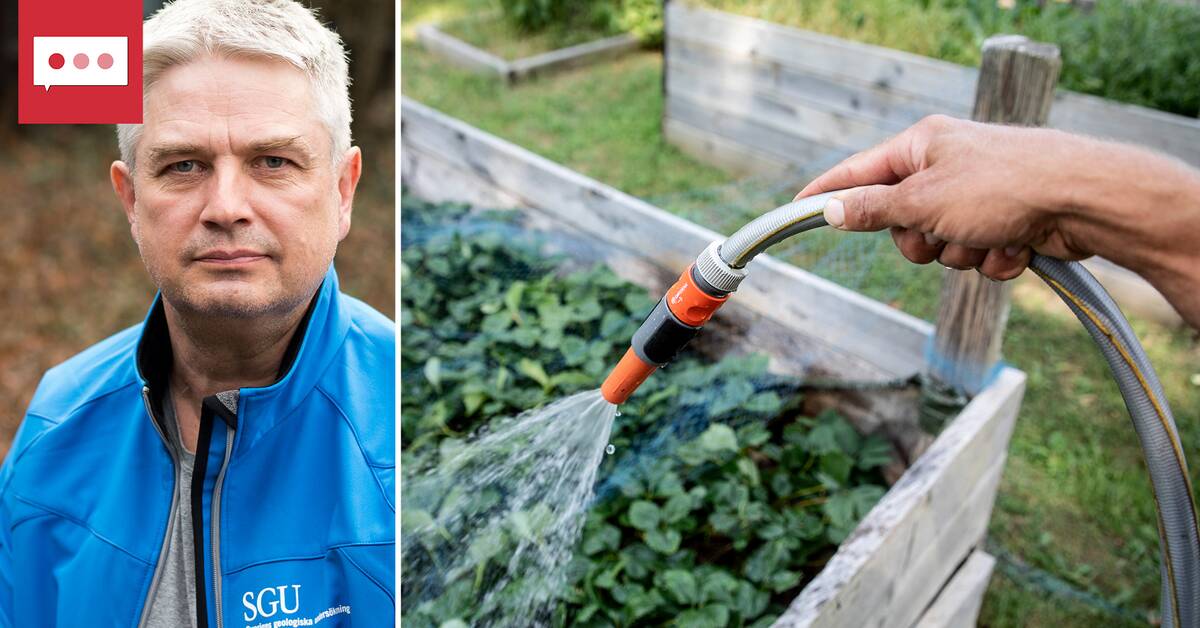Just over a million Swedes get water from smaller reservoirs such as their own wells.
In these, groundwater levels are low in practically all of Götaland and Svealand and also in south-eastern Norrland, above all in Gävleborg County.
The rest of the population receives water from large municipal water reservoirs and even there, low levels of precipitation for a long time have caused falling groundwater levels.
- This can have long-term consequences, says Bo Thunholm at Sweden's Geological Survey, the authority responsible for, among other things, groundwater issues.
- There, the low groundwater levels are a result of the last months' conditions of dry weather, little precipitation and, in addition, a very weak snowmelt this spring, he says.
Worse compared to last year
Groundwater is not yet at alarmingly low levels, but it is still low enough to cause problems for many, especially those with their own wells and water supply, says Bo Thunberg.
Such consequences could be seen, for example, in 2018 when we had an extremely hot summer.
- The groundwater situation this year is worse compared to last year.
However, if you go back to the year 2018, then many small groundwater reservoirs had problems with running wells and other water supplies.
Farmers particularly affected
It is above all for farmers with large animal herds that the low levels can become serious.
- If you have a holiday home where the water runs out, it is of course very troublesome, but it does not have the same consequences for the individual person's livelihood.
If, on the other hand, you are a farmer with large animal herds and daily consumption of large amounts of water, then it can have serious consequences, he says.

